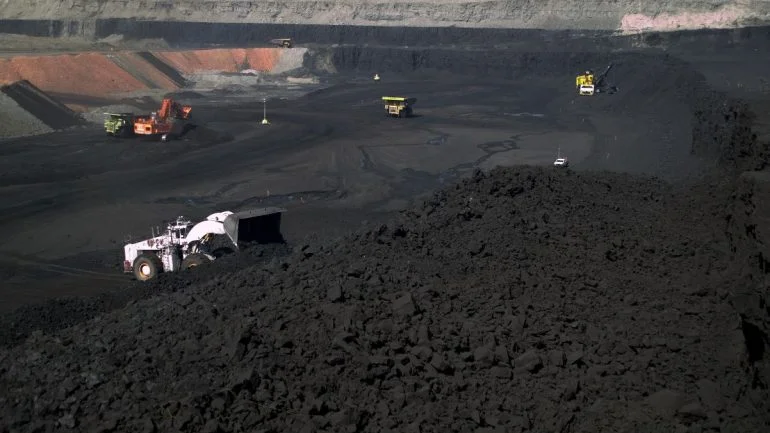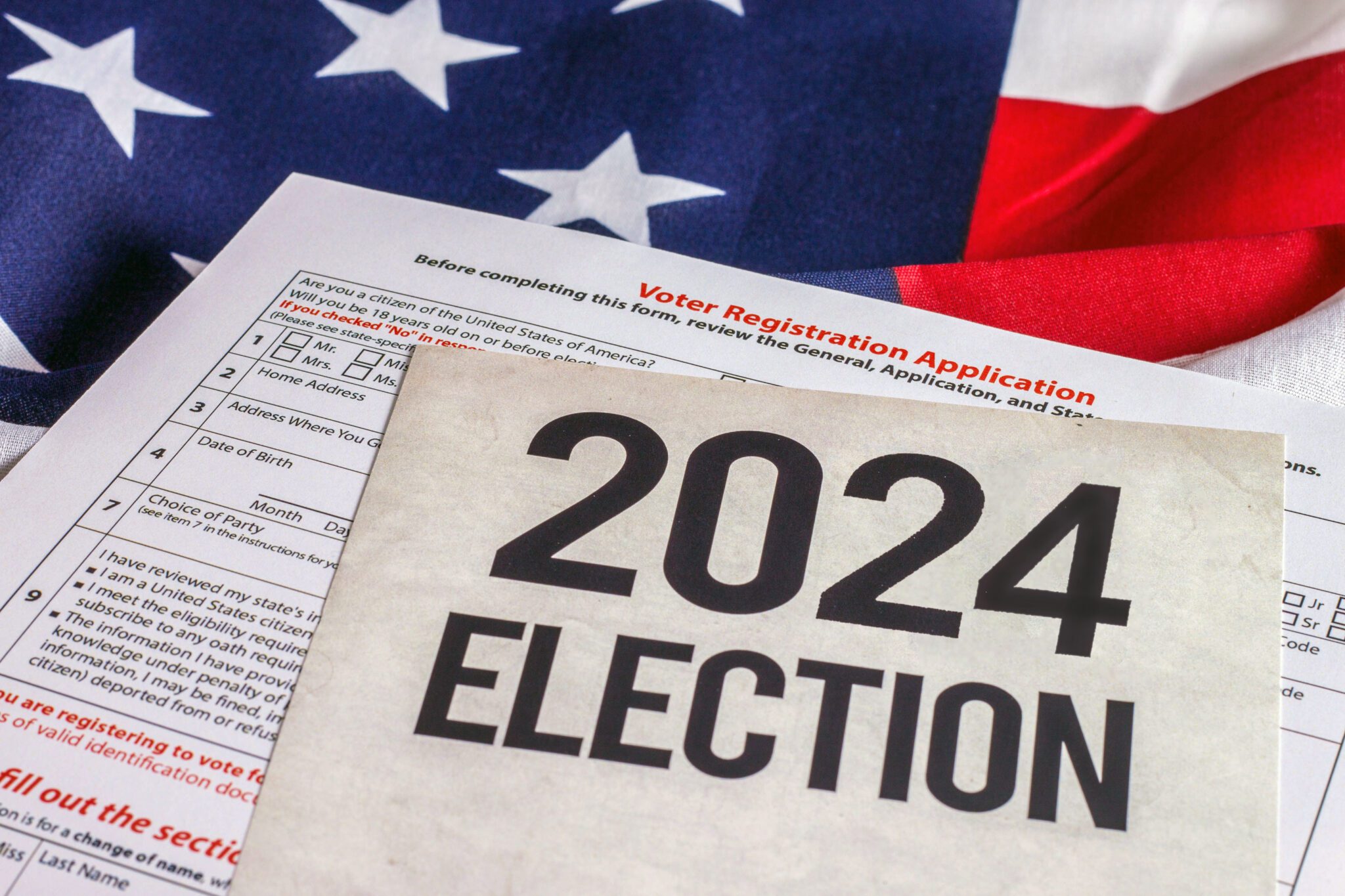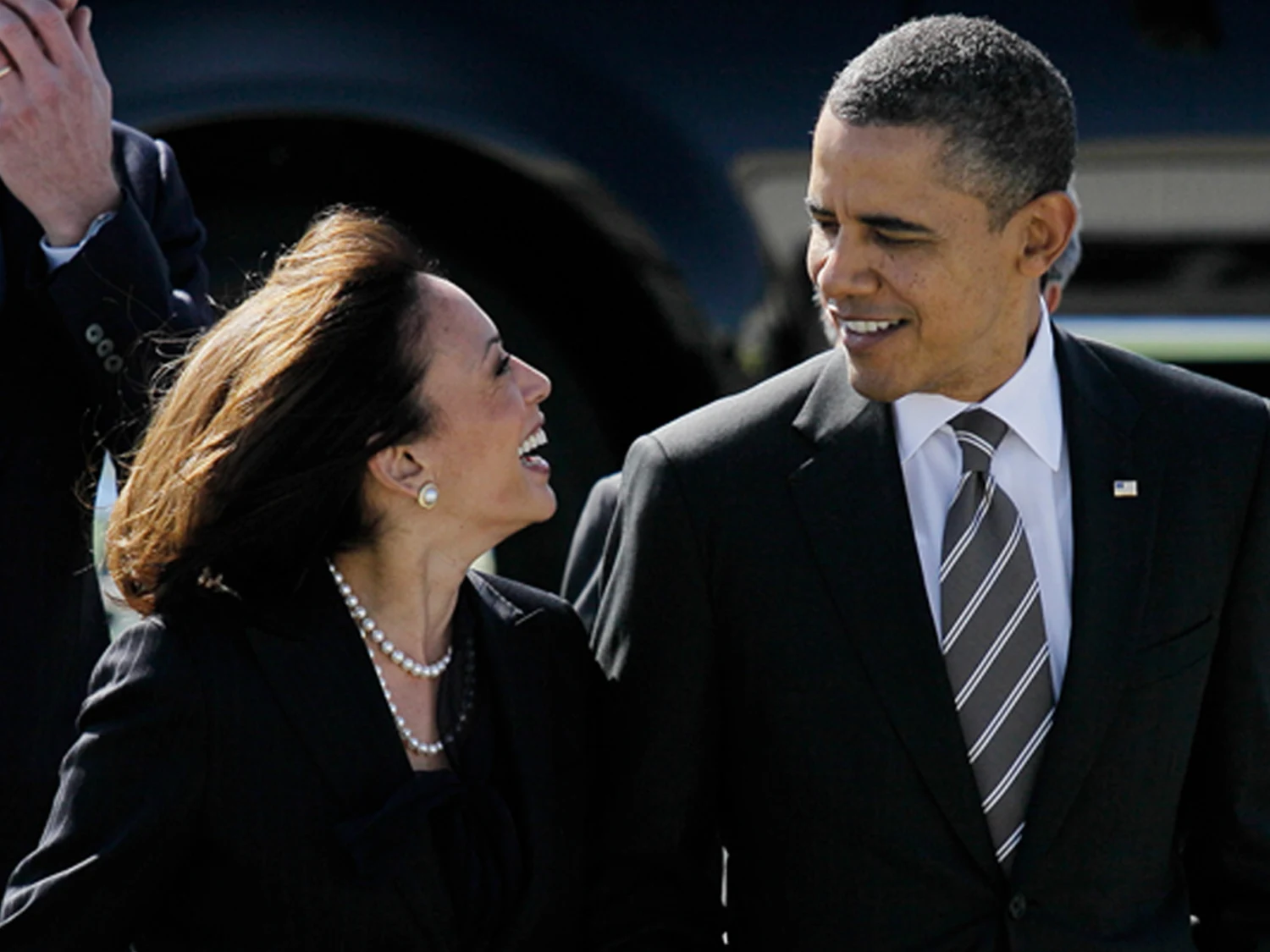Biden’s Landmark Move: Ending Coal Leasing in Wyoming’s Powder River Basin

President Joe Biden’s administration has made a significant decision to end new coal leasing in Wyoming’s Powder River Basin, a move that is stirring debates over the future of the region’s economy, environmental impact, and energy market transition, Power Technology reports.
Wyoming has long been the leading coal producer in the US, supplying about 40% of the nation’s coal since 1986, with much of this coming from the Powder River Basin’s top ten mines.
The Wyoming Mining Association (WMA) notes that the coal from this region is sub-bituminous, known for its low sulfur content and relatively clean-burning properties. For decades, it has played a key role in US electricity generation. However, the Biden administration’s decision recognizes the shifting energy landscape and its commitment to addressing climate change by reducing reliance on fossil fuels.
The Bureau of Land Management (BLM) issued environmental impact statements earlier this year, highlighting concerns over the continued leasing of coal in the region. These reports pointed to potential negative effects on the climate, public health, and the environment. As a result, the BLM opted for a “no future coal leasing” policy, which allows existing mines to continue operating with already-leased reserves but blocks new leases on publicly owned coal reserves.
While some see this decision as a necessary step in the transition to cleaner energy sources, others, including coal industry advocates, argue it could have economic consequences for Wyoming, a state where coal mining has been a significant source of employment.
Dr. Florian Egli, a public policy expert from the Technical University of Munich, said the impact of the policy might not be as drastic as some fear.
“It wouldn’t affect ongoing leases. It would affect the issuance of new leases… The number of new leases will probably be quite limited if you look at how coal demand is going to develop into the 2030s, 2040s, and 2050s.”
Coal production in the Powder River Basin has been on a steady decline in recent years, driven by competition from renewable energy sources and a warmer-than-usual winter that decreased demand. In 2024, Wyoming’s coal output dropped to 87.26 million short tons, down from 115.64 million in 2023, marking a 24.5% decrease.








